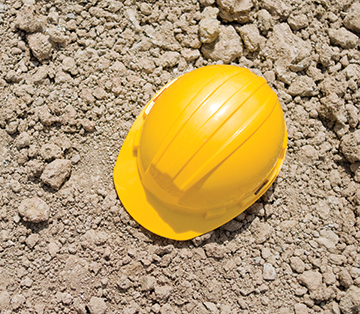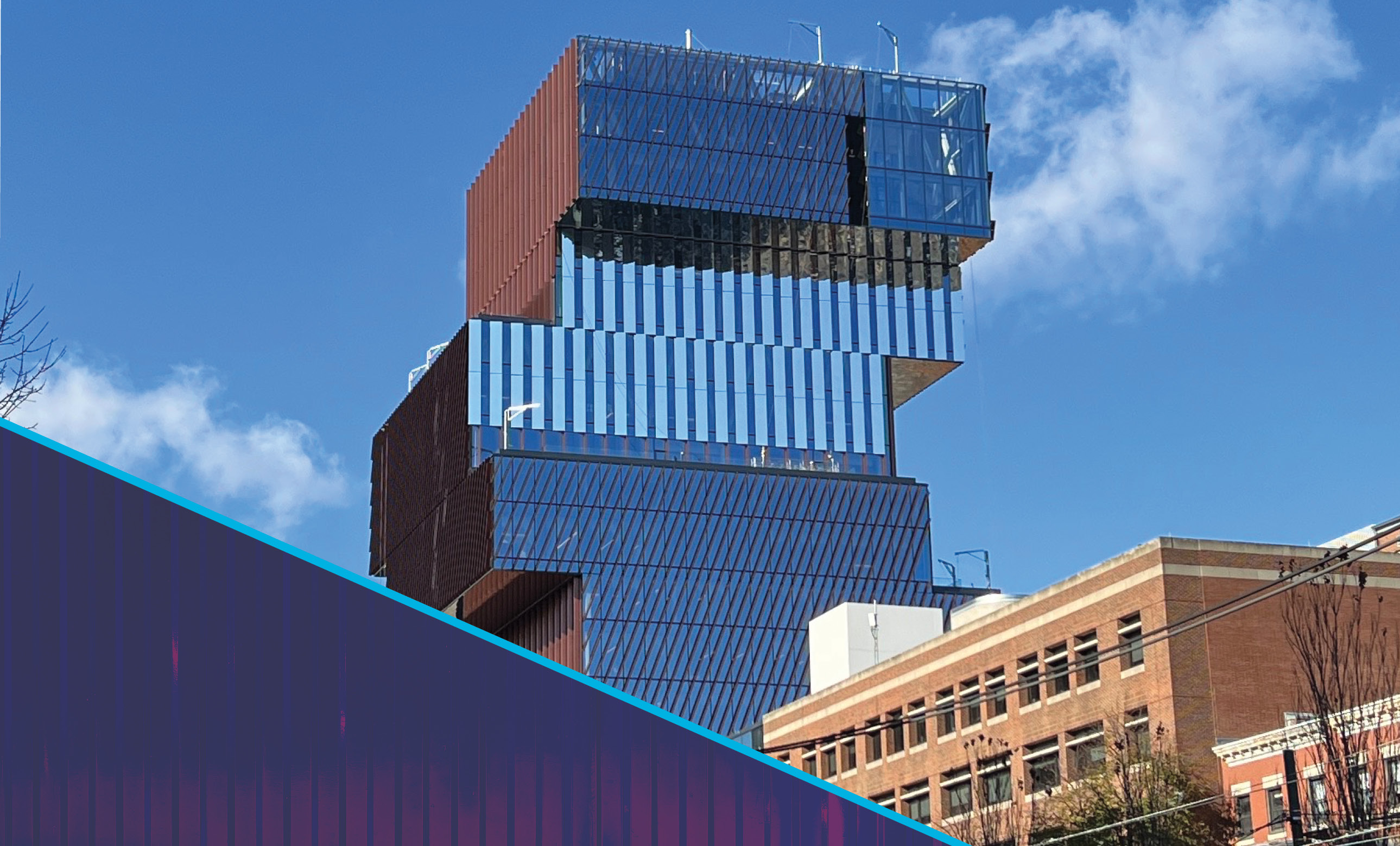
Roofing is less safe than it once was.
That’s what the government’s data says at least. In 2020, the Department of Labor reported there were 47 roofing fatalities per 100,000 workers. In 2021, that number went up to 59.
For comparison, in the overall economy there were 3.6 fatalities per 100,000 workers in 2021.
How did we go backward?
It’s possible, even likely, the data is wrong. If the government is underestimating the amount of workers, the fatalities per 100,000 numbers would be skewed. But presumably the data would be “equally” wrong in both years, wouldn’t it? I’m not aware of a massive, one-time, one-year shift in the industry’s labor supply that could account for the jump.
Perhaps new workers are less trained and skilled? But that is still an enormous jump from one year to the next. As subcontract labor becomes a larger part of the industry’s workforce, there is meaningful concern subcontractors don’t possess comparable training to in-house workers because they are likely not receiving the education that comes with a permanent employer. Or maybe there are more smaller shops that don’t have safety professionals on staff?
But perhaps it’s complacency among existing roofing workers who have seen safety equipment and practices advance over the years and are falling victim to risk compensation.
Risk compensation occurs when people’s behavior changes as their perceived level of risk changes. If it’s a sunny day and you are the only one driving on a straight road, you probably will be a little less attentive to the road than you would be driving down a curvy mountain road with no shoulder on a foggy evening. Your guard naturally goes up in situations you recognize as riskier. But you also may drive faster or more recklessly on that sunny “safe” day than the “dangerous” day, so the actual danger and accident rate balance out.
What if technology has taken those risky moments and made them feel safer? In those situations, a worker can run the risk of adjusting his or her caution, care and diligence downward and reducing the benefits of the safety measures altogether.
Popular Mechanics wrote an article in 2021 about this with the perfect headline: “Construction Workers Take More Risks When They Feel Safe—and Still Get Hurt.”
The article discusses how researchers from Clemson University, Clemson, S.C., and Virginia Tech University, Blacksburg, noted fatal falls increased 26% between 2011 and 2016 and determined: “Roofers with more safety gear in place are actually more likely to engage in riskier behaviors, making the workers less safe overall.”
The research also was published in the Journal of Construction Engineering and Management in 2020 and noted “more safety interventions (i.e., higher levels of fall protection) produced a sense of invulnerability … and this false sense of security ultimately increased risk-taking behavior by up to 55%.”
Working to instill a culture of safety may help overcome these biases in our behavior. For example, before football helmets, players were taught to lead into tackles with their shoulders. Helmets came along and that shifted to players leading with their heads, and one could argue players became less safe. Now, with helmets still in place, players are again being taught to lead with shoulders and not drop their heads. Teaching and culture work in combination with technology.
Maintaining and pushing best behavioral practices even as our safety technology and processes become more universal and robust are critical to improving fatal-fall rates. We need to embrace the spirit of safety technology and the intentions it seeks to drive. If we rely heavily on equipment without enforcing good policies, complacency will set in.
“You can never train too hard for a job that can kill you” is what Marine Sgt. Tyler Vargas-Andrews told his unit in Afghanistan, but it applies to anything in life and certainly to the risks roofing workers face daily. We owe it to them to not lose sight of it.
We’ve come a long way as an industry regarding falls, but there’s still a long way to go and hundreds of lives to save in the future. If left unaddressed, risk compensation can hold us back from progress.
MCKAY DANIELS is NRCA’s CEO.
mdaniels@nrca.net



